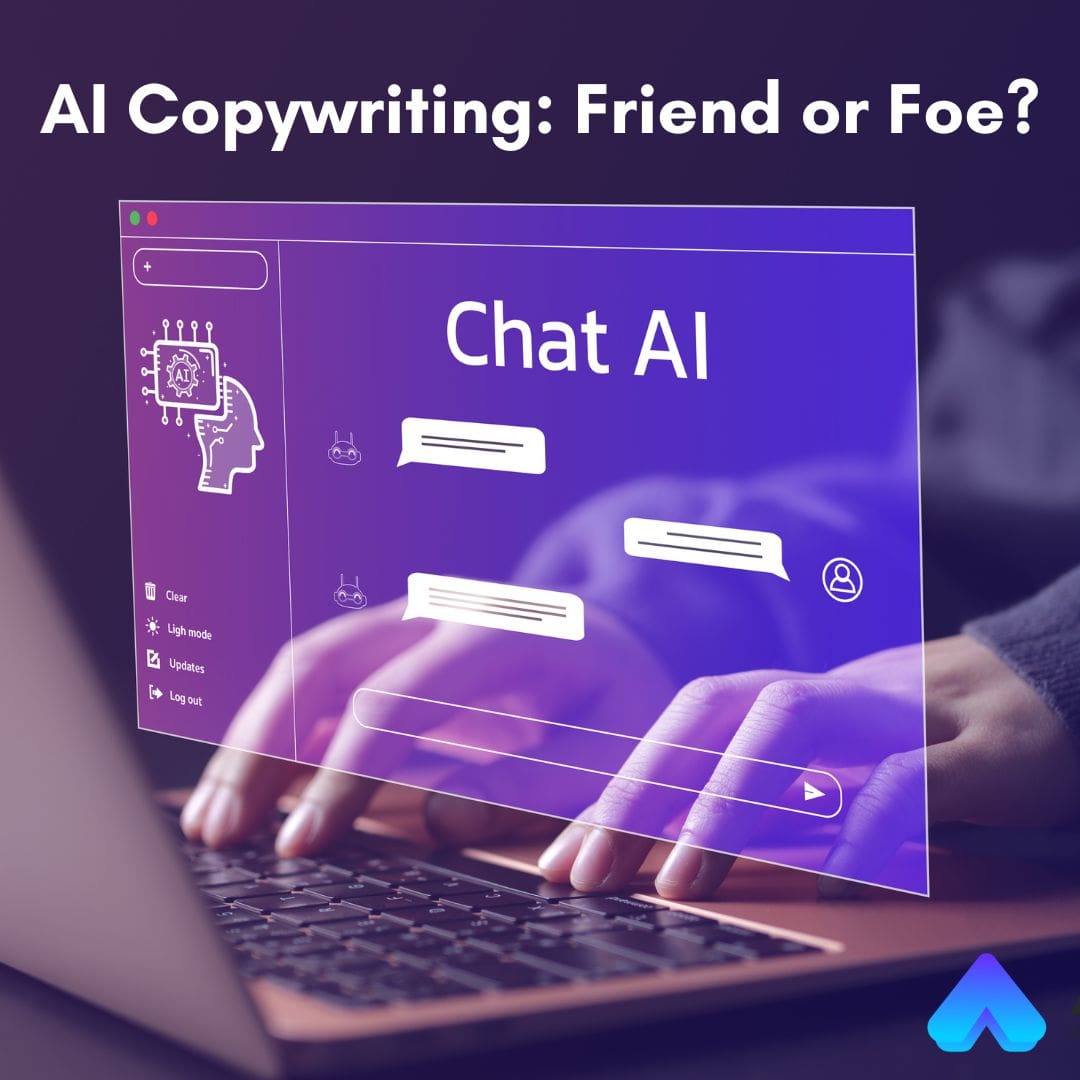In the evolving world of digital marketing, artificial intelligence (AI) has become a game-changer, introducing tools that promise to revolutionize the way we create content. AI copywriting tools have emerged as powerful assets, offering speed and efficiency in generating text for various marketing purposes. However, the rise of these tools also raises questions about their impact on creativity, quality, and the role of human copywriters. This blog delves into the rise of AI copywriting, its impact on the digital marketing landscape, and how these tools can be effectively integrated with human creativity.
The Rise of AI Copywriting Tools
AI copywriting tools, such as OpenAI's GPT-4, Jasper, and Copy.ai, have gained popularity for their ability to generate content quickly and efficiently. These tools use natural language processing (NLP) and machine learning algorithms to understand and replicate human writing patterns. They can produce blog posts, social media updates, email campaigns, and more, often in a matter of seconds.
The appeal of AI copywriting lies in its ability to handle repetitive and time-consuming tasks, freeing up human copywriters to focus on more strategic and creative aspects of their work. Additionally, AI tools can analyze vast amounts of data to identify trends and optimize content for better engagement and SEO performance.
The Impact on the Digital Marketing Landscape
The introduction of AI copywriting tools has significantly impacted the digital marketing landscape in several ways:
- Efficiency and Productivity: AI tools can generate large volumes of content quickly, reducing the time and effort required for content creation. This increased efficiency allows marketers to focus on other essential tasks, such as strategy development and campaign analysis.
- Cost-Effectiveness: By automating routine writing tasks, AI tools can help businesses save on labor costs. Small businesses and startups, in particular, can benefit from affordable access to high-quality content without the need for a large team of copywriters.
- Consistency and Quality: AI tools can maintain a consistent tone and style across various content pieces, ensuring brand coherence. They can also minimize human errors and produce grammatically correct text, enhancing the overall quality of the content.
- Data-Driven Insights: AI copywriting tools can analyze user behavior and engagement metrics to optimize content for specific audiences. This data-driven approach enables marketers to create more targeted and effective campaigns.
The Role of Human Creativity
Despite the advantages of AI copywriting tools, they are not without limitations. Human creativity remains a crucial element in crafting compelling and original content. Here are some areas where human input is indispensable:
- Emotional Connection: AI tools may struggle to capture the nuances of human emotions and cultural contexts. Human copywriters can infuse content with empathy, humor, and authenticity, creating a deeper connection with the audience.
- Strategic Thinking: While AI can generate content based on existing data, it lacks the ability to develop innovative and forward-thinking strategies. Human marketers can leverage their experience and intuition to craft unique campaigns that resonate with their target audience.
- Brand Voice: Establishing a distinctive brand voice requires a deep understanding of the brand's values, mission, and audience. Human copywriters can ensure that the content aligns with the brand's identity and communicates its message effectively.
- Critical Judgment: AI tools generate content based on patterns and algorithms, but they cannot exercise critical judgment. Human editors are essential for reviewing and refining AI-generated content to ensure it meets the desired standards and objectives.
Effective Integration of AI and Human Creativity
To maximize the benefits of AI copywriting tools while preserving human creativity, businesses should consider the following strategies:
- Collaborative Approach: Encourage collaboration between AI tools and human copywriters. Use AI to handle routine tasks and generate initial drafts, then have human writers refine and personalize the content.
- Continuous Learning: Keep up with advancements in AI technology and continuously train your team to leverage these tools effectively. Invest in professional development to ensure that human copywriters can adapt to new trends and tools.
- Quality Control: Implement a robust quality control process to review AI-generated content. Human editors should ensure that the content aligns with the brand's voice and meets the desired quality standards.
- Feedback Loop: Establish a feedback loop where human copywriters can provide input on the performance of AI-generated content. This feedback can help improve the AI's algorithms and enhance its ability to produce relevant and engaging content.
- Ethical Considerations: Be mindful of the ethical implications of using AI in content creation. Ensure that AI-generated content is original and does not infringe on intellectual property rights. Maintain transparency with your audience about the use of AI tools.
Conclusion
AI copywriting tools have undoubtedly transformed the digital marketing landscape, offering efficiency, cost-effectiveness, and data-driven insights. However, the role of human creativity remains indispensable in crafting content that resonates with audiences on an emotional and strategic level. By adopting a collaborative approach and integrating AI tools with human creativity, businesses can harness the full potential of AI while maintaining the authenticity and quality of their content.
Ready to revolutionize your content strategy? Contact us today to discover how we can help you leverage the power of AI and human creativity to elevate your digital marketing efforts.



